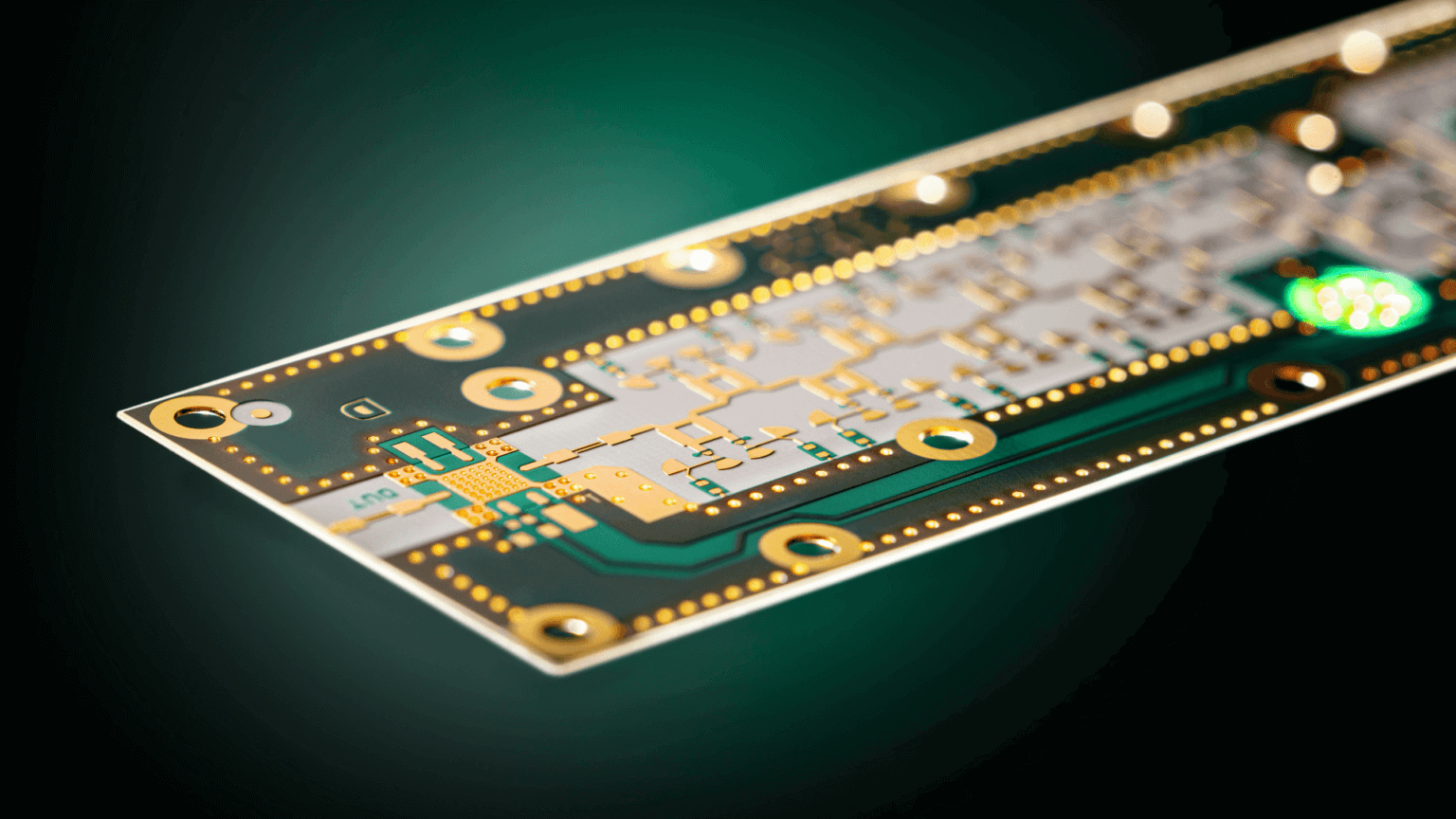What does circuit board impedance mean? What are the requirements for impedance control during PCB manufacturing?
With the increase in signal transmission speed and the widespread application of high-frequency PCB, circuit board impedance control has become a key factor in ensuring signal integrity, reducing signal interference, and improving system stability. Today, the editor will introduce the basic concept of circuit board impedance and the specific requirements for impedance control in the PCB manufacturing process.
What does circuit board impedance mean?
In short, circuit board impedance refers to the resistance encountered when current passes through a wire or a signal is transmitted on a transmission line on a PCB circuit board. It is a complex physical quantity that combines the effects of resistance, inductance, and capacitance, usually measured in ohms (Ω). In high-frequency signal transmission, we are more concerned about characteristic impedance, which is the impedance value exhibited when a signal propagates stably on an infinitely long lossless transmission line. This concept is crucial to ensure efficient and reflection-free transmission of signals.

Why do we need to control the impedance of PCB circuit boards?
Ensure signal integrity : Improper impedance matching can cause signal reflection, weaken signal strength, and even cause signal distortion, affecting the accuracy of data transmission.
Reduce electromagnetic interference (EMI) : Good impedance control can reduce radiation at the edge of the signal, reduce interference to external devices, and improve the circuit’s anti-interference ability.
Improve system stability and reliability : Ensuring that the impedance of all signal lines is consistent can avoid signal transmission problems caused by impedance discontinuity and improve the stability and reliability of the entire system.
PCB board impedance requirements:
Determine the impedance standard : According to the requirements of the circuit design , first determine the required impedance value. Common standard impedances include 50Ω, 75Ω, 100Ω, etc., which are suitable for different signal transmission standards.
Material selection : The dielectric constant (Dk) and dissipation factor (Df) of the PCB board directly affect the impedance value. Low Dk and low Df materials need to be selected, and the thickness of the material also needs to be strictly controlled to meet the impedance design requirements.
Circuit design : The width, spacing, copper foil thickness and distance from the reference plane of the circuit will affect the impedance value. When designing, you need to use professional impedance calculation software to perform accurate calculations based on specific parameters to ensure that the design meets the impedance requirements.
Manufacturing process : In the PCB manufacturing process, precise control of lamination thickness, copper thickness, drilling accuracy, etc. is the key to achieving the designed impedance. The use of advanced manufacturing equipment and technologies, such as laser direct imaging (LDI) and chemical copper plating, can effectively improve the accuracy of impedance control.
Test verification : After the board is made, the actual impedance of the PCB is measured through flying probe test, time domain reflectometer (TDR) test and other methods to ensure that the impedance is within the design range, and to make adjustments and optimizations if necessary.
In short, the impedance control of PCB circuit boards is an all-round process involving design, materials, manufacturing and testing, and its purpose is to ensure the high performance, high stability and low interference of electronic products. With the continuous advancement of electronic technology, the importance of impedance control has become increasingly prominent and has become one of the important indicators for measuring PCB quality.
KKPCB provides global customers with one-stop services from PCB layout, prototype PCB proofing, PCB manufacturing, PCBA processing (including SMT and DIP), PCBA testing, PCBA product assembly and outbound packaging. You could provide a Gerber file or BOM list to us, we will offer the finished PCB products or PCB assembly which are satisfied with you.
I hope today’s content can bring you some inspiration and help. Thank you for reading, and see you next time!







